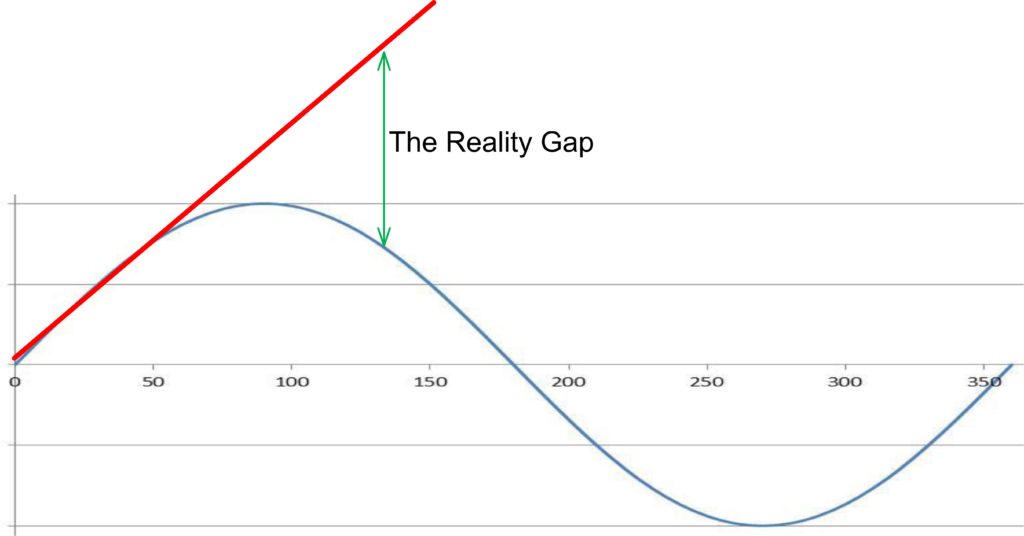Traditional astrology uses a system of 5 levels of dignity or rulership. Modern astrology has kept only the two major dignities, rulership and exaltation, neither is emphasized very much, and both have lost much of their original significance.
The use of the minor dignities has pretty much been lost to modern astrology. Even those traditional astrologers who do use them often consider them only as having a small point value or as keeping a planet from being peregrine. The sense of the different dignities each having a distinct meaning has been pretty much lost.
I have been working extensively with the full system of major and minor dignities, and I find that even the different minor dignities each have a specific sort of nuance of meaning in terms of the role or position in society of the planet in question.
In this essay I want to look at the least of the minor dignities, that of face. I want to consider how the minor dignity of face can be interpreted in the context of a chart.



 Astrology conceives of reality in terms of repeating cycles of growth and change – alternating opposites like light and dark, summer and winter and so on – and of ongoing cycles through time, of birth, growth, flourishing, decline, death and decay, followed in a collective sense by a rebirth, and so on. that is represented by the sine wave.
Astrology conceives of reality in terms of repeating cycles of growth and change – alternating opposites like light and dark, summer and winter and so on – and of ongoing cycles through time, of birth, growth, flourishing, decline, death and decay, followed in a collective sense by a rebirth, and so on. that is represented by the sine wave.


